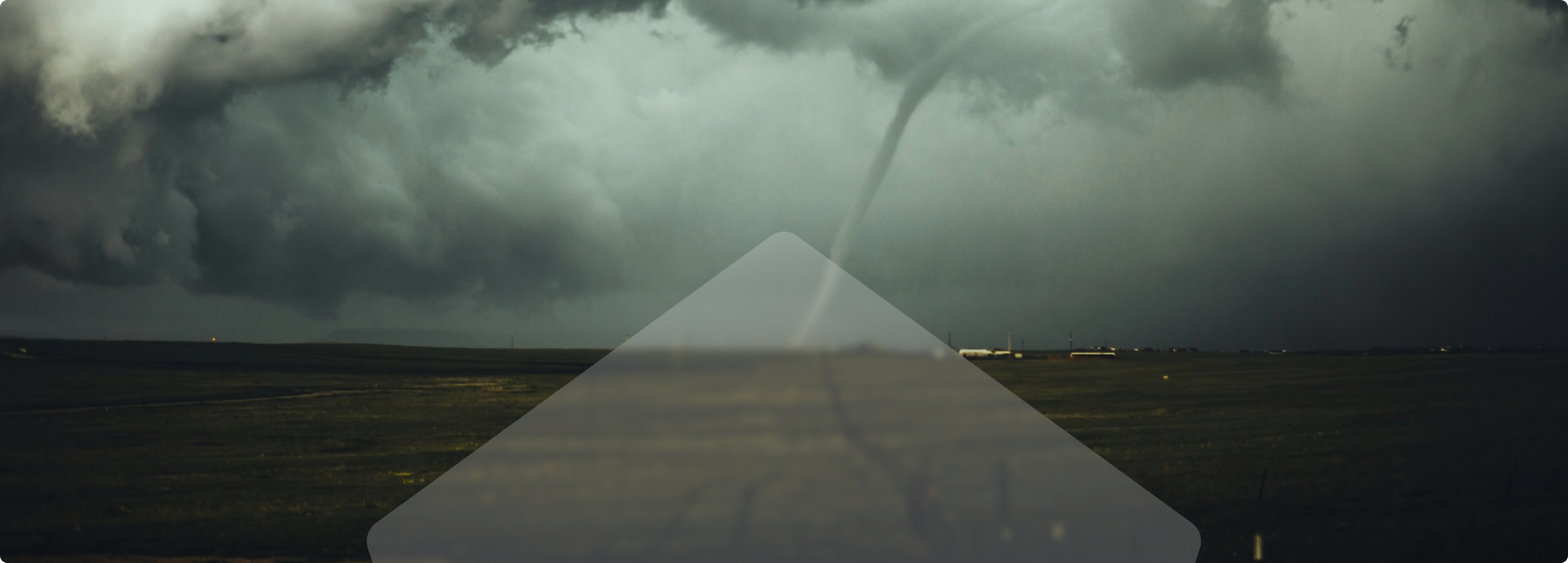
FROM LAB TO MARKET
DISASTER
![]()
PLACE THE TITLE LINE HERE
Saudi Arabia faces several natural hazards and climate-related risks that contribute to severe societal, infrastructural, and economic impacts ( Al-Bassam et al., 2014 ). For instance:
TEST3
TEST2
TEST1
Disaster Outlook
Saudi Arabia faces several natural hazards and climate-related risks that contribute to severe societal, infrastructural, and economic impacts ( Al-Bassam et al., 2014 ). For instance:
- Floods: Saudi Arabia is particularly vulnerable to flash flooding due to its arid climate and poor storm-water management in urban areas. Even minor rainfall can quickly lead to flooding in streams and dry riverbeds (wadis). While flash floods are one of the most significant natural hazards in Saudi Arabia, they cause substantial damage and loss of life. The 2009 Jeddah floods for instance, 90mm of rain fell in 4 hours, caused ~113 fatalities and damaged over 8,000 houses. Similarly, the 2011 Jeddah floods (111mm of rain-led event) resulted in the failure of the Um al-Khair Dam, resulting in 11 deaths . Overall, the economic impact of these floods was severe, with damages totaling approximately US$1 billion and reimbursements projected at US$2 billion.
- Sand and Dust Storms: These are common natural hazards in the country, which can impact visibility, air quality, and infrastructure.
- Drought: Saudi Arabia is at risk of drought conditions, which can affect water resources and agriculture.
- Extreme Weather Events: The country experiences adverse weather conditions, including heavy rainfall and strong winds. In April 2024, authorities issued warnings for such conditions in central and western Saudi Arabia.
- Climate Change Impacts: Saudi Arabia is vulnerable to climate change effects, which may exacerbate existing natural hazards and create new risks.
The interactive map below shows the frequency and spatial distribution of major disaster occurrence in KSA during 1960-2024. It is evident that major cities including Makkah, Madinah, Riyadh, and Jeddah have been facing many disasters over the past decades. This situation results in far-reaching infrastructural damages and impact on societies—thus calling for resilience building.
Given this situation, developing disaster outlook dashboards could play a crucial role in risk reduction and resilience building by providing comprehensive information to decision-makers and emergency responders. These interactive platforms integrate multi-aspect data to offer a holistic view of disasters and their impacts.
Such platforms could support proactive planning and community preparedness by allowing users to evaluating historical disaster situations and prepare better for the future. This centralized approach to information management enhances situational awareness, facilitates coordinated responses, and ultimately contributes to more effective disaster mitigation and recovery efforts.
Below we have prepared the Disaster Outlook Dashboard for KSA to represent key aspects of disasters during 1960-2024.
(Currently, the dashboard is based on the data from EMDAT, which is one of the most reliable platform for data on the occurrence and impacts of over 26,000 mass disasters worldwide. Further work is in progress to provide more comprehensive analytics).
Key Insights on Disaster Outlook in KSA
- In KSA, disasters have resulted in more than USD3 billion in damages during 1960-2024. This situation suggests ~USD50 million annual damages due to disasters and major proportion of these damages is due to natural hazards-led disasters (i.e., hydrological flooding).
- While natural disasters share relatively lesser frequency as compared with technological disasters (i.e., ~35% vs ~65%, respectively), ~98% damages are caused by natural disasters.
- Within the natural disasters group, the major categories are hydrological and meteorological sharing ~38% and 7% of total disasters, respectively. The damages caused by hydrological events are far greater than others (i.e., sharing ~97% of total damages).
- Among different hydrological events, floods are the most prominent in natural disasters category with ~83% share of total events. The floods also caused the largest damages in KSA with USD2.96 billion damages during 1960-2024.
- From the technological category, road incidents and fire events are the most prominent events with ~30% and27% share, respectively.
Given the above situation, it is imperative to build resilience in Saudi Arabia in order to enhance the climate adaptation capabilities of cities along with reducing the impacts of disasters on society (i.e., social unrest, economic challenges, and infrastructural damages).